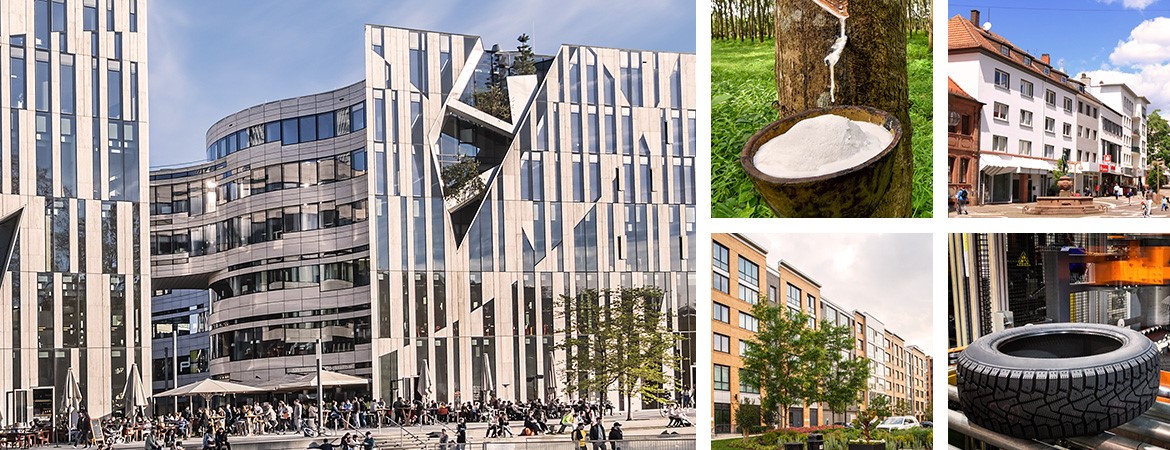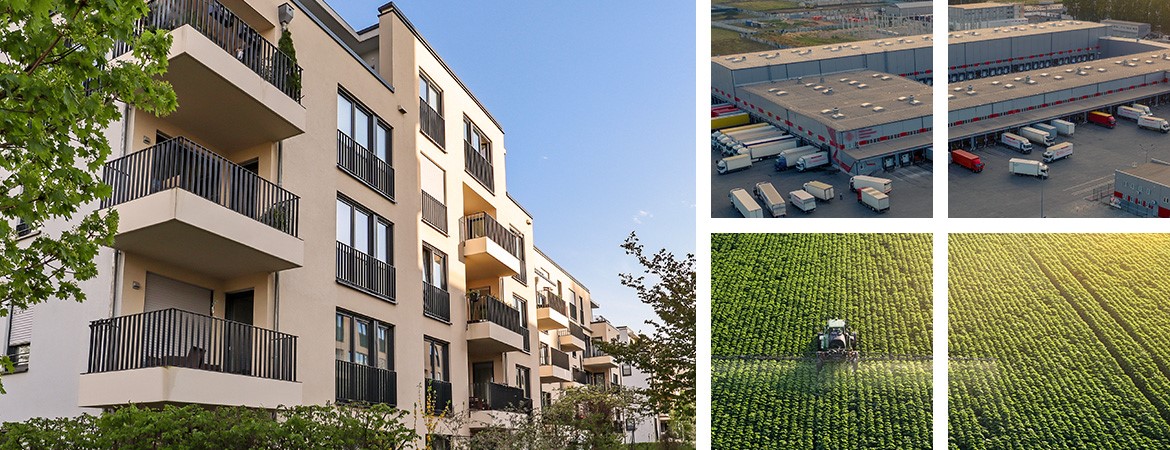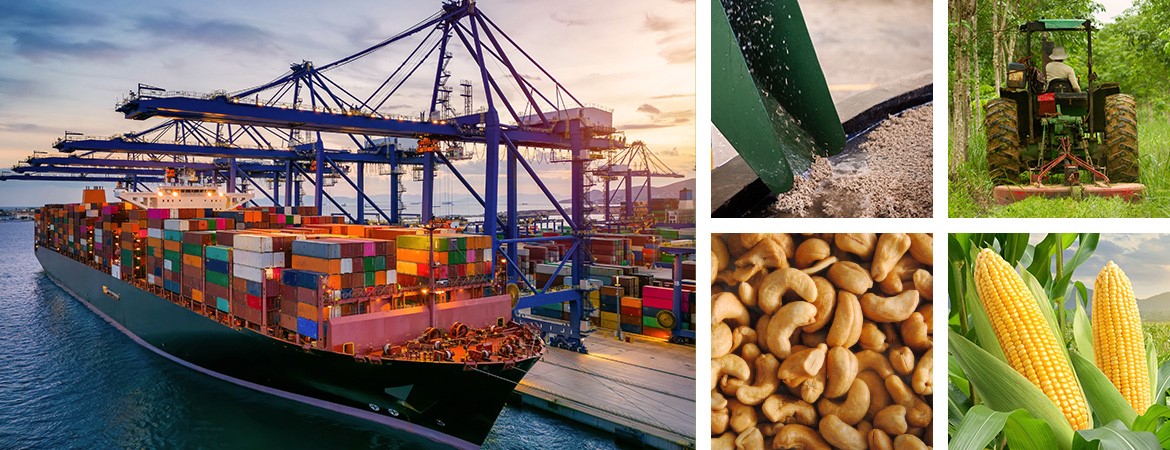








Natural rubber and synthetic rubber
Both raw materials achieve the best result if they are combined and mixed with each other. Natural rubber mainly comes from rubber trees and is harvested by tapping the tree bark surface. The milky latex liquid that flows out is harvested either as a liquid or in coagulated form as natural rubber and processed to different raw material products. Synthetic rubber conversely is a petrochemical raw material manufactured from butadiene, a byproduct of oil production.
In both instances the material is initially malleable and is only then converted into rigid but stretchy material (rubber) through vulcanization. The raw material is treated with sulfur, heat, and pressure and reverts back repeatedly to its original form as soon as the pressure lets up which triggered its deformation.
Compared with the outstanding characteristics of natural rubber that can only be influenced to a certain extent, synthetic rubber can be manufactured in the lab by manipulating its molecular structure and, while not perfect, the synthetic rubber can have various desired characteristics.
If both raw materials are mixed as is the case with most rubber products, virtually perfect products result that are suitable for almost any application and requirement. As an example, they lend themselves well in the production of tires, which are hard and reduce roll resistance and thus fuel consumption. At the same time, the tires have a good grip and a relatively soft surface meaning that the braking distance is short, and the driving noise is minimal.
Simply put, the higher the requirements are of an end product, the more natural rubber has to be used. Airplane tires and many truck tires are made exclusively of natural rubber, while the abraded surfaces of summer tires on cars contain a large amount of synthetic rubber.